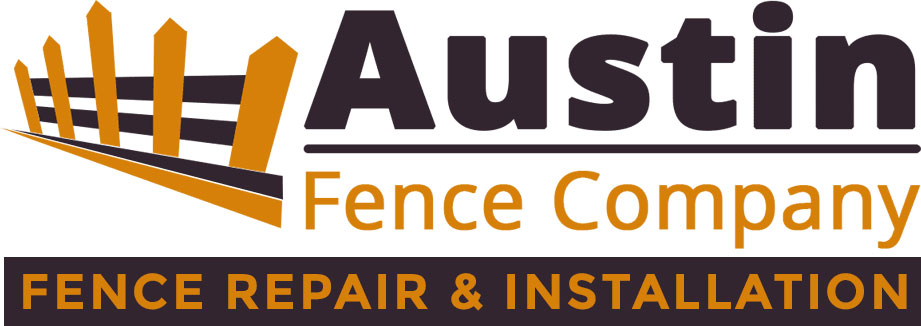
Table of Contents
ToggleTL;DR
DIY fence installation in Austin can save 20–40% on labor costs, but it requires tools, permits, and experience. Mistakes often lead to leaning fences, property disputes, or HOA violations. Professional installation costs more upfront but ensures durability, compliance, and warranties. For most Austin homeowners, hiring professionals is the more brilliant long-term choice, especially with strict HOA rules and challenging soil conditions.
Table of Contents
Why the DIY vs Professional Debate Matters in Austin
With Austin’s housing boom and HOA-heavy communities, fences are not just functional—they’re regulated. Homeowners weighing DIY vs pro installation must consider:
- Rising labor costs in Austin.
- HOA restrictions in neighborhoods like Circle C or Steiner Ranch.
- Rocky limestone soil makes post-setting difficult.
Cost Comparison: DIY vs Professional Installation
Factor | DIY Costs | Professional Costs |
Materials | $2,000–$4,000 (retail) | $1,800–$3,500 (bulk pricing) |
Tools & Rentals | $300–$600 | Included |
Labor (time value) | 2–4 weekends | 2–5 days |
Mistakes/Repairs | $500–$2,000+ | Covered by pro warranty |
Permits/HOA Fees | $75–$250 | Usually managed by a contractor |
See: Fence Installation in Austin
Tools and Materials: What DIY Requires
DIYers need access to:

- Post hole digger or auger (often rented).
- Power saws, drills, and a cement mixer.
- Gravel, concrete, and posts.
- Protective gear (gloves, goggles).
Buying or renting these tools adds $300–$600 to project costs.
Time Investment: How Long Each Approach Takes
- DIY: 2–4 weekends for 100–150 ft. of fencing.
- Professional: 2–5 days for the same project.
DIY projects often stall due to weather delays, tool breakdowns, or a lack of manpower.
Helpful read: How Long Does Fence Installation Take?
Permits, HOA Rules, and Compliance Risks
DIY homeowners often overlook permits and HOA restrictions.
- City permits: $50–$150 required for tall fences.
- HOA restrictions: Many communities mandate specific materials, heights, and stains.
- Mistakes can result in fines or the complete removal of the fence.
Resource: Do I Need a Permit to Build a Fence?
Quality and Durability: Longevity of DIY vs Pro Fences
- DIY Fences: Prone to misaligned posts, uneven panels, or weak gates. Lifespan is often 5–10 years shorter without professional skills.
- Pro Fences: Installed with precision, using treated posts and quality fasteners. Lifespan 15–30+ years, depending on material.
See: Fence Maintenance Best Practices
Safety Considerations for DIY Fence Projects
Austin’s limestone-heavy soil makes digging difficult and risky. Common hazards include:
- Hitting utility lines (always call 811).
- Injuries from augers, saws, or concrete work.
- Heat-related risks in Austin summers.
Warranties and Guarantees
- DIY: No warranty; all future repairs are at your own expense.
- Pro: Many contractors offer 1–3 year workmanship warranties, in addition to manufacturer warranties for composite or vinyl materials.
Common Mistakes in DIY Fence Installation

- Posts not set deep enough → leaning fences.
- Skipping gravel at post base → wood rot.
- Not checking property lines can lead to neighbor disputes.
- Using untreated wood → premature decay.
See: Top Fence Installation Mistakes to Avoid
When DIY Makes Sense (and When It Doesn’t)
DIY can work for:
- Small, temporary fences (garden or dog runs).
- Homeowners with prior carpentry or construction experience.
- Projects outside HOA control.
DIY doesn’t make sense when:
- The property has strict HOA rules.
- Fences are large, permanent, or require complex gates.
- Long-term durability is a priority.
Why Professionals Are Worth It in Austin
- Faster installation with experienced crews.
- Code and HOA compliance handled.
- Durable results that enhance property value.
- Peace of mind with warranties and proper equipment.
Environmental and Long-Term Value Considerations
Choosing between DIY and professional installation isn’t just about upfront costs—it also affects your fence’s long-term environmental impact and value.
Sustainability of Materials
Professionals often source wood that is pressure-treated or sustainably harvested. DIYers buying from retail may not have the same access to eco-friendly or higher-grade materials.

- Waste Management
DIY projects frequently result in wasted concrete, cut lumber, or excess materials. Professional crews optimize supplies, often saving homeowners 5–10% in material costs. - Resale Value
A professionally installed fence can add 3–5% to a property’s value, particularly in HOA neighborhoods where curb appeal is crucial. DIY projects, if visibly uneven or poorly finished, can have the opposite effect—turning away potential buyers. - Environmental Impact of Maintenance
Composite and vinyl fences installed by pros require fewer resources over their lifespan. Wood fences, if not correctly maintained, require more frequent staining and replacement, which increases their long-term environmental costs.
In short, while DIY can look appealing in the moment, professional installation usually delivers greater sustainability, efficiency, and resale value for Austin homeowners.
FAQs
Is it cheaper to install a fence myself in Austin?
Yes, upfront, but DIY often leads to costly repairs and a shorter lifespan for the fence.
Do professionals handle permits and HOA paperwork?
Most Austin contractors handle this process for homeowners.
Can a DIY fence last as long as a pro-installed one?
Unlikely, unless you have construction expertise and high-quality tools.
How much do I save with DIY?
You may save 20–40% on labor, but hidden costs can erase those savings.
What’s the most significant risk of DIY fencing in Austin?
Improper post-setting in rocky soil, leading to leaning or collapsing fences.
The Smart Choice for Fence Installation in Austin
While DIY fence installation can be effective for small projects, most Austin homeowners benefit from the expertise of professionals. The city’s climate, HOA rules, and soil conditions make mistakes costly. For reliable, compliant, and long-lasting results, trust Austin Fence Company —your local experts for professional fence installation.
